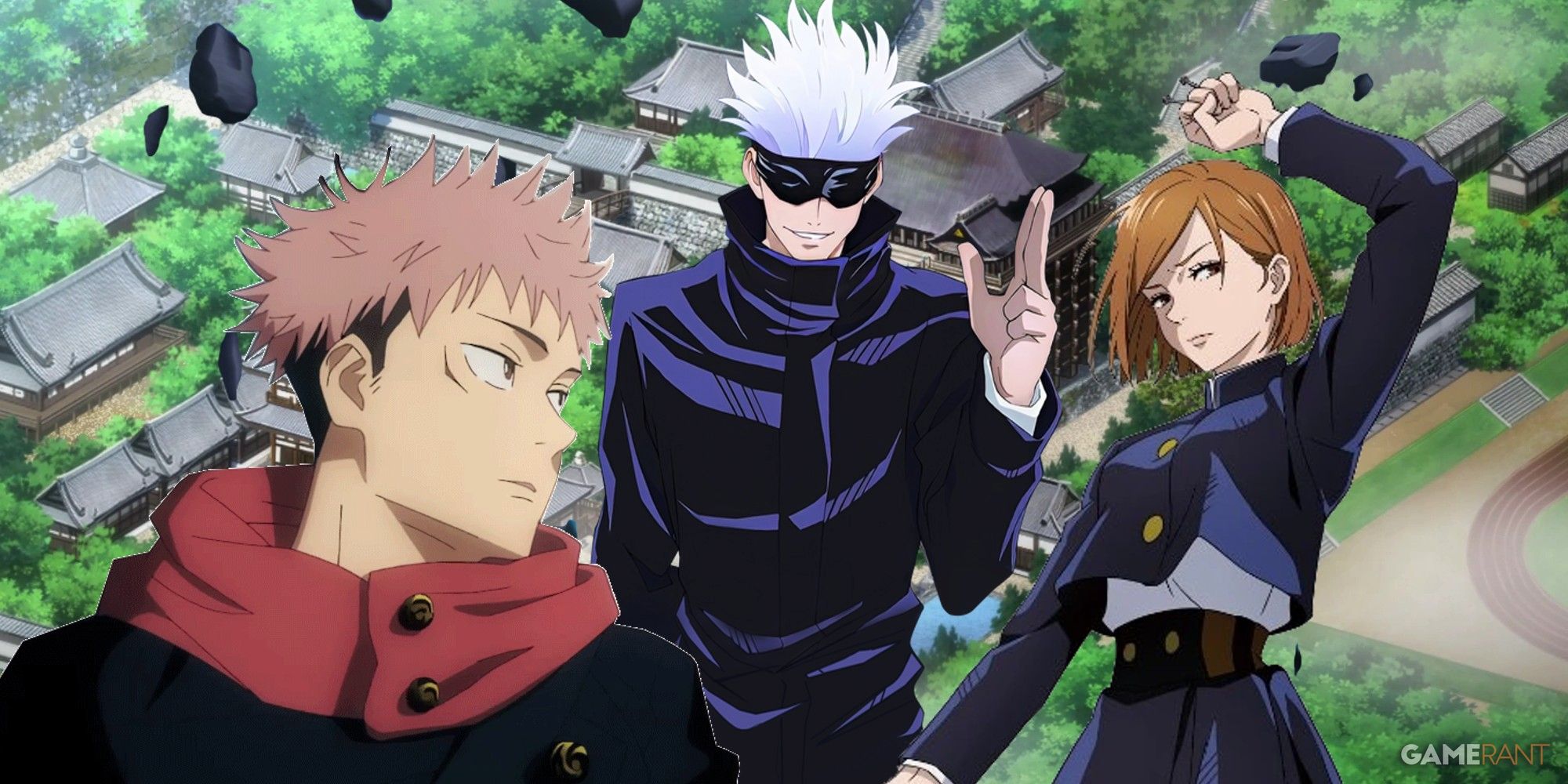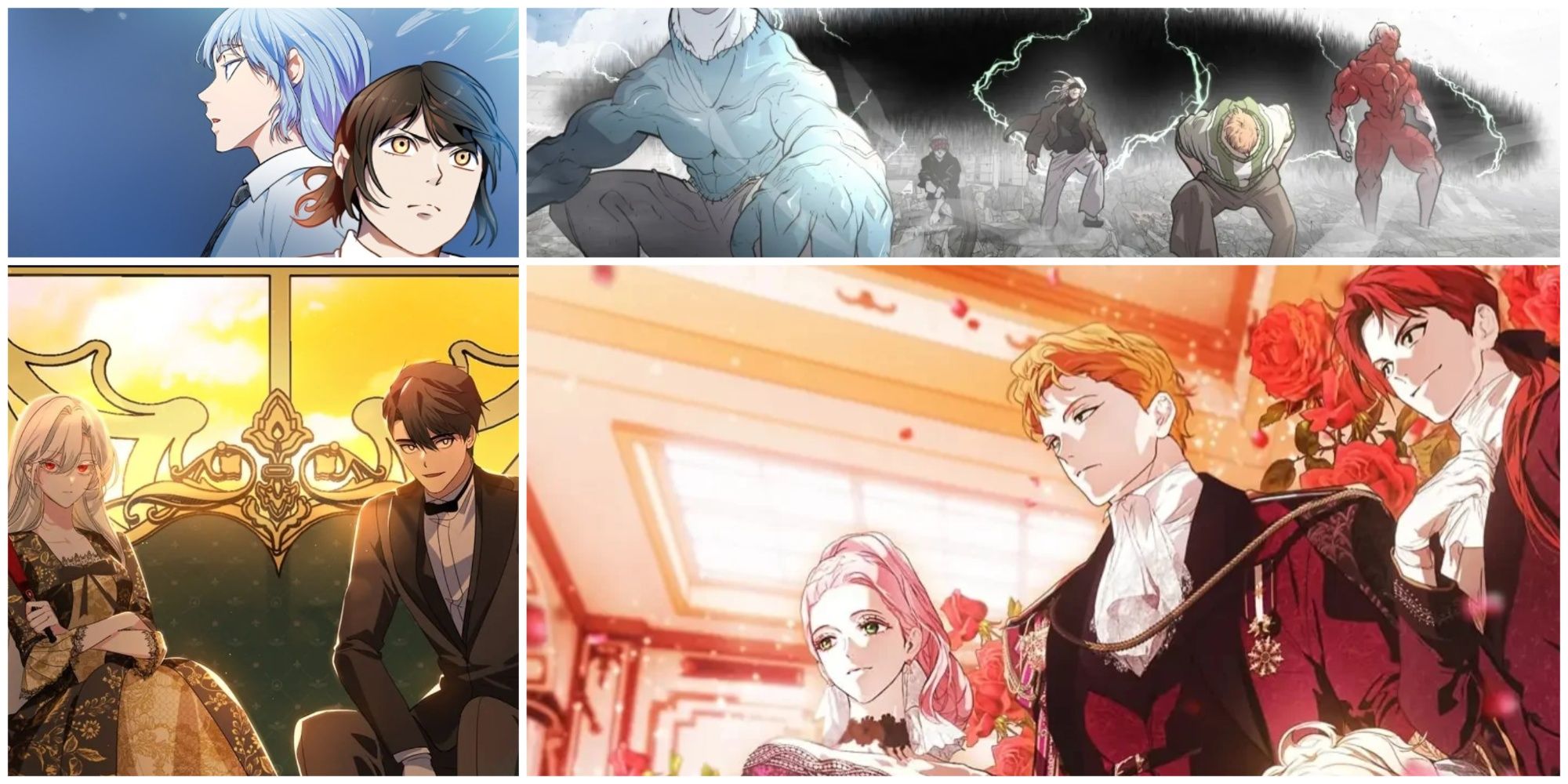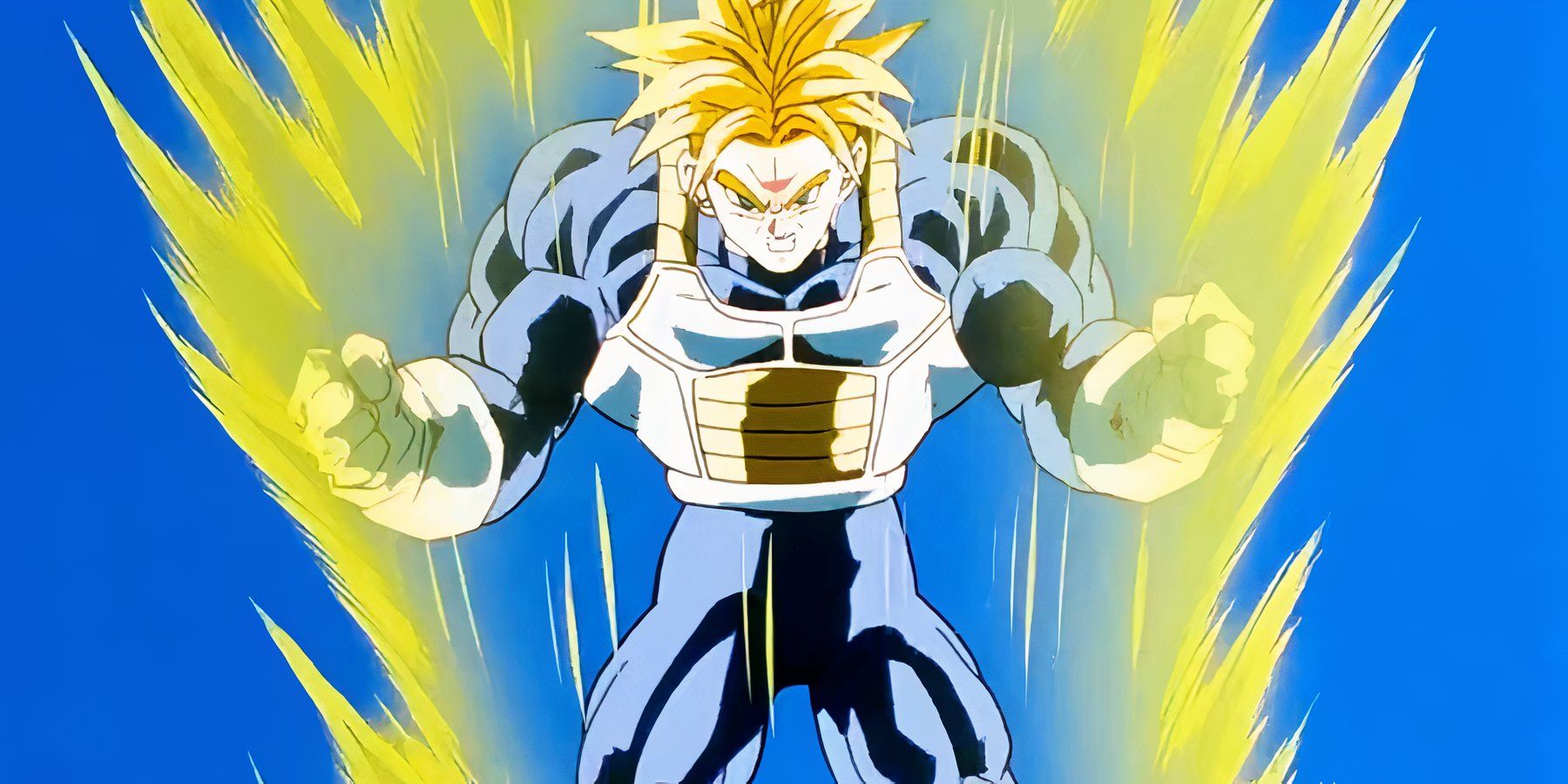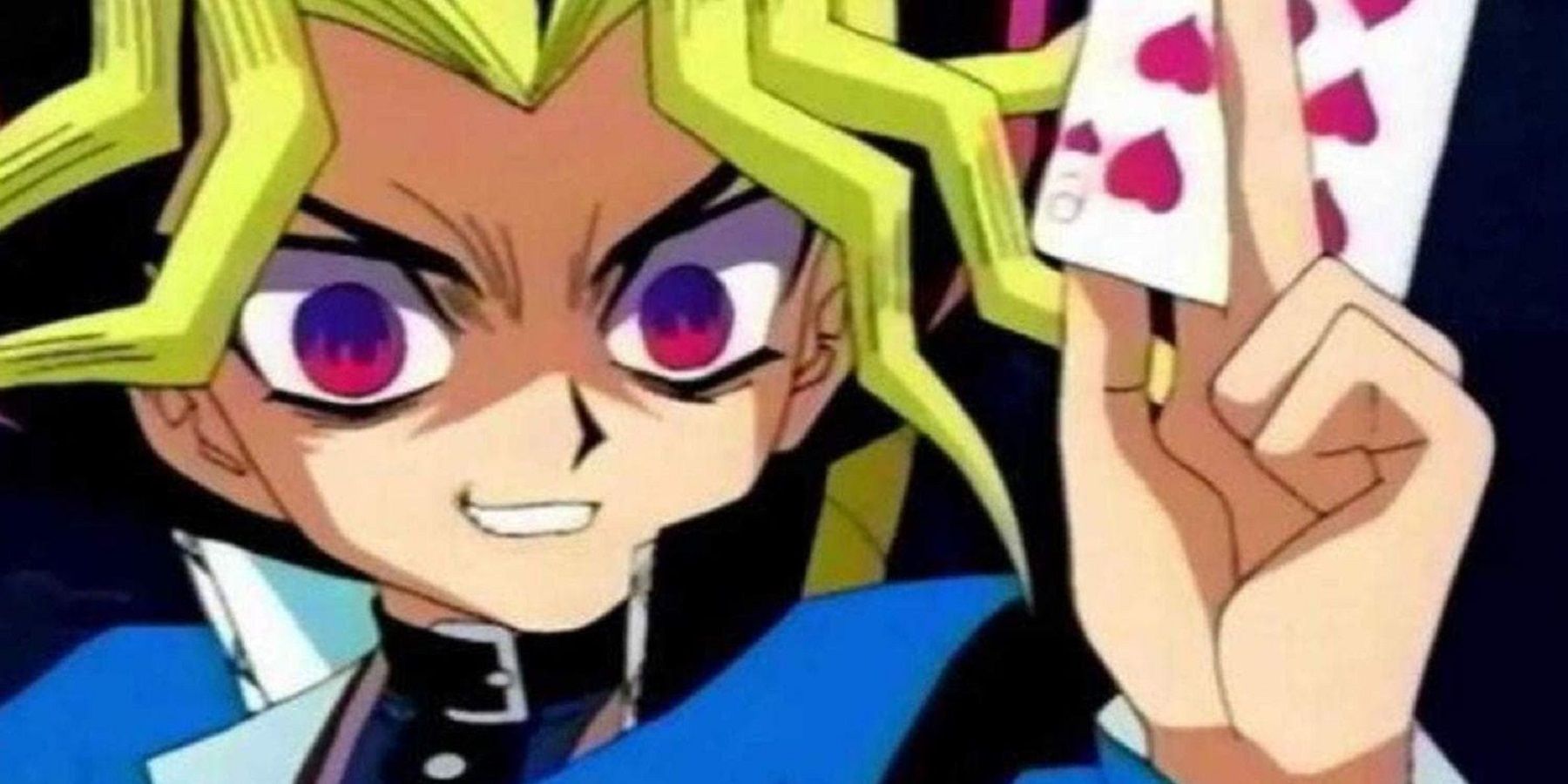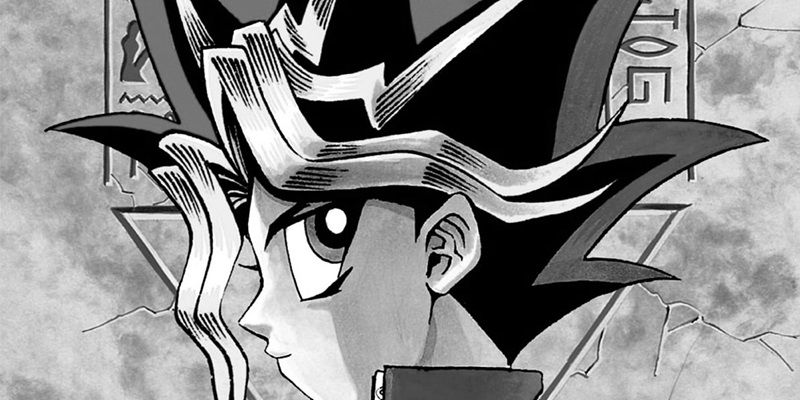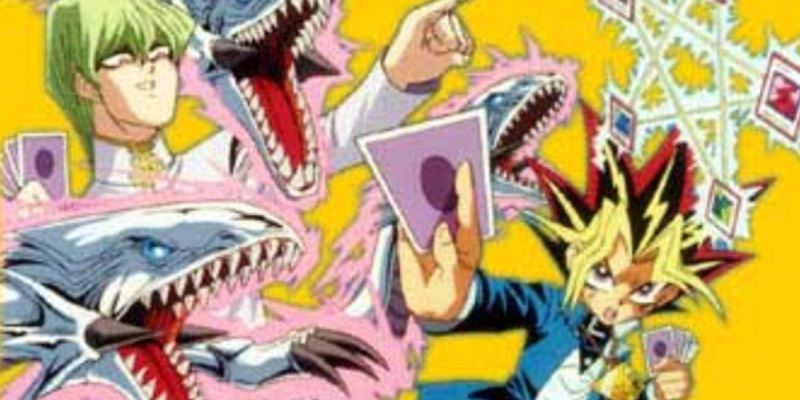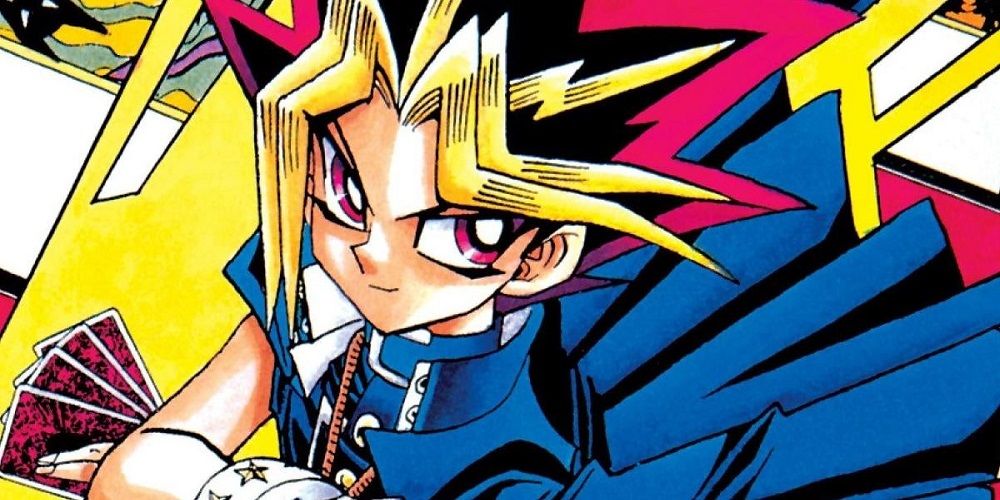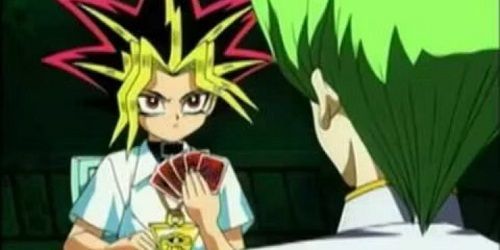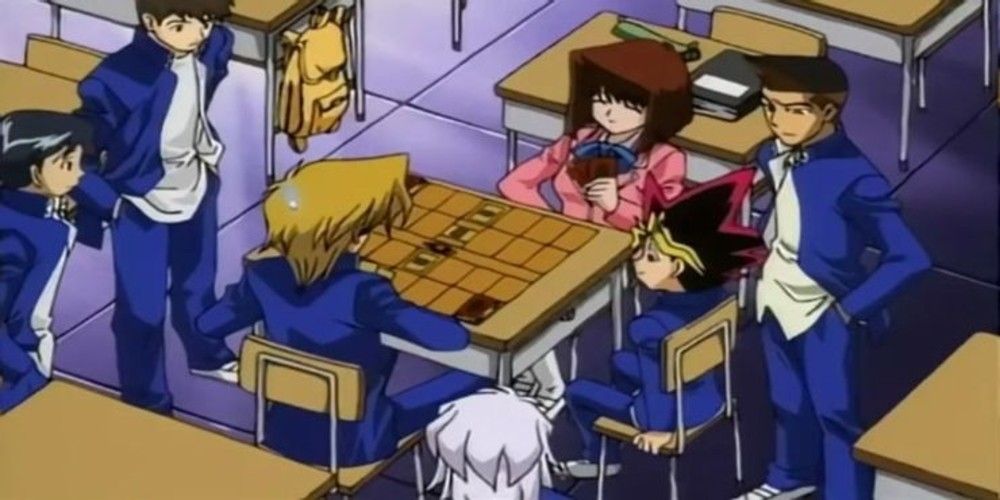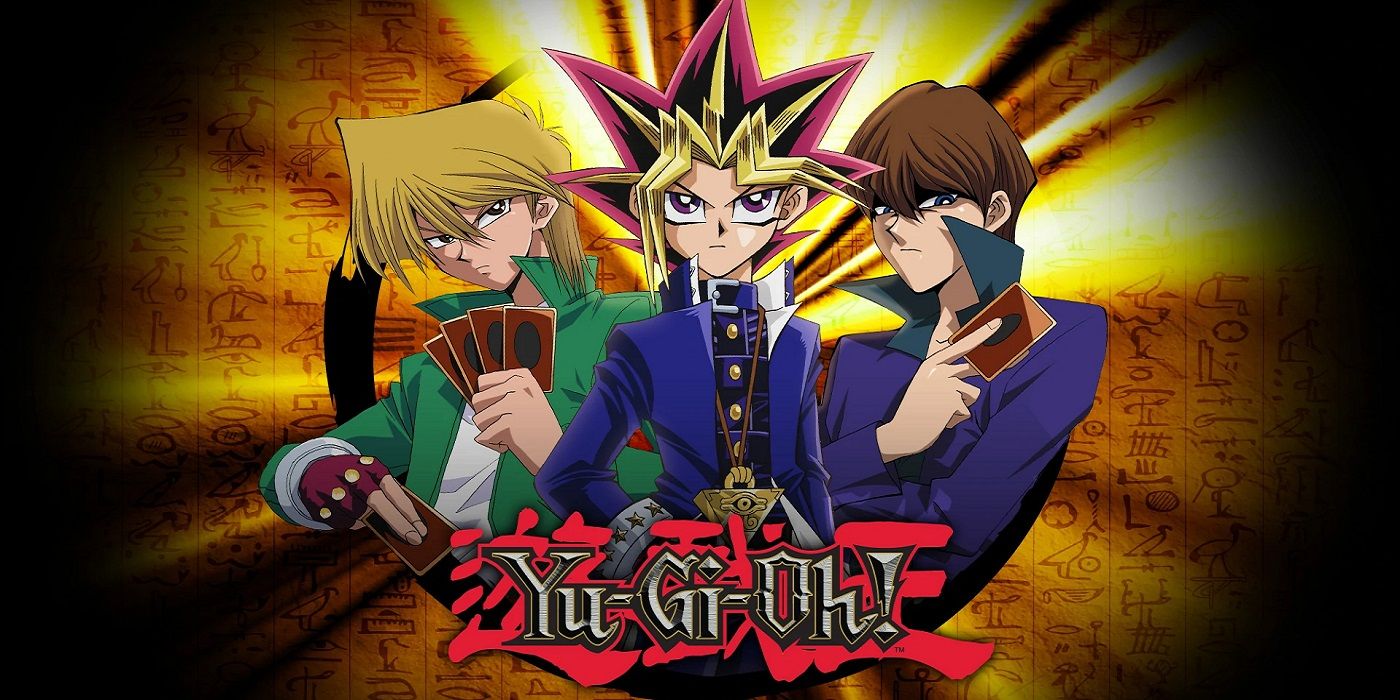On April 18, 2000, Kids WB aired the first episode of Yu-Gi-Oh! The series revolved around a boy named Yugi Moto, a master card player of the fictional card game Duel Monsters. Since then the Duel Monsters card game has become a real-world tournament favorite, and the series has gotten more and more popular as the years have gone by.
It's the kind of success that becomes legendary, as rarely does the world see a cartoon spawn a lifelong culture obsession. What if I told you though that when America got their first taste of Yu-Gi-Oh! they weren’t watching the first episode? What if I told you that there was a series that previously aired in Japan that was never brought over and doesn’t focus on the card game nearly as much as you’d expect. Since the franchise is defined by the epic card battles, what IS this lost series of Yu-Gi-Oh! about exactly?!
The True Origin of Yu-Gi-Oh!
The Yu-Gi-Oh! manga first premiered in 1996 in Weekly Shounen Jump. It was written and drawn by Kazuki Takahashi, who took his inspiration from horror comics and monster movies. His original goal was to write a ‘scary manga’ that the action loving readers of Jump could get into. The story revolved around a young boy named Yugi Moto, who was attempting to piece together the mysterious Millennium Puzzle.
When the puzzle is solved it awakens a dark spirit within Yugi – an ancient pharaoh - who comes alive to solve various conflicts with games that involved gambling and death. The series wasn’t exactly a runaway hit, but the editors of the magazine loved it, and there was one animation studio that felt it had the building blocks of what could be a hit anime: Toei Animation.
Yu-Gi-Oh! Becomes an Anime
Yu-Gi-Oh! premiered on TV Asahi on April 4th, 1998. Due to the development time it takes to animate a series as opposed to drawing a manga, there were problems. The first is that the animation mimicked Takahashi’s rougher art style in the early days, and as a result looked rather poor. While many of Toei’s previous series had dark elements to them, making an anime based on a horror manga wasn’t exactly the most kid-friendly thing to do. Sailor Moon might have had scary monsters, but Usagi’s world was otherwise bright and cheerful.
In contrast, Yu-Gi-Oh! was dark and grim, with “punishments” thrust upon Yugi’s foes that were borderline sadistic at times. To make things bleaker, the Egyptian setting of the Millennium Items involved mummies, psychics, and spooks. While it was easy to root for Goku or Sailor Moon, by nature of Yugi having a ‘dark form’ it made audiences perception of him a bit more complex, and many viewers were having difficulties deciding if he was an anti-hero or a villain.
These were all hurdles the anime was facing in attracting viewership, but there was one issue in particular that made Yu-Gi-Oh! a tough sell to audiences: the changes that were happening to the manga. Changes that started occurring long after the show went into production.
Duel Monsters is the Name of the Game
If there was a lure to the Yu-Gi-Oh! manga, it would be the Shadow Games the dark spirit that inhabited Yugi’s body played with his enemies. Most of them involved un-child friendly props like knives, guns, and gasoline. Things got interesting when Yugi met and challenged young man named Kaiba to a game. The game involved cards known as ‘shadows and monsters,’ and this intended two-chapter one-off caught readers' attention.
What stood out was the fact that as part of the ‘Shadow Game’ the monsters came alive on the table to duke it out in visual splendor. This struck a chord with readers, and they started writing to the editors asking what the card game they were playing was called. Sensing an opportunity, Takahashi and his editors went back to the drawing board and reintroduced the concept a year later as ‘Duel Monsters,’ the official game of Yu-Gi-Oh!
A Different Vision for Yu-Gi-Oh! Emerges
What really started to hurt the anime was that by the time the series was airing the manga was evolving into a very different beast than what it had started out as. While Shadow Games were still played, Takahashi was leaning more into the card battle aspect. The manga was becoming more fun and less horror-fill compared to the TV series, which viewers were largely not responding well to.
It became clear at one point that the Yu-Gi-Oh!anime had failed. To test the waters on future episodes, Toei produced what would today be known as a ‘soft reboot’ with a thirty-minute movie produced for animation festivals. Unlike the TV series, it resembled the card centric stories of the later manga stories and had much better animation. The problem was the movie wasn’t any better received by fans of the manga, and there were feelings by Toei management that the franchise was not salvageable.
On the manga side Takahashi and his editors were retooling the series to launch a card game and needed a show that would sell it. Around this time Toei had signed on to create a new anime called One Piece, and with neither side happy with the results of Yu-Gi-Oh!, the two parties decided to mutually part ways. Yu-Gi-Oh! would be released on VHS but would never get a DVD release. It hasn’t re-aired since 1999 and no attempt has been made to bring the series to other countries in a legal manner.
Meanwhile Takahashi and his editors set out to make a new Yu-Gi-Oh! anime. They teamed up with Gallop and TV Tokyo to produce the new series. Now that Takahashi’s art had been better refined, the new show would look much sharper than the previous series. There would be no introduction of the Millennium Items or curses: The series would jump straight to Yugi’s first card battle with Kaiba and then jump right into the Duelist Kingdom arc. Also, there would be a new name that would be a constant reminder of exactly what card game to ask for when going to the game store: Yu-Gi-Oh! Duel Monsters!
Yu-Gi-Oh! Brings Card Madness to America
Around the time Yu-Gi-Oh! Duel Monsters was starting to air in Japan, a company in America named 4Kids Entertainment was looking for a series to supplement their hit show Pokémon. Preferably one that had tons of merchandise potential. They were tipped off to this new card game that kids all over Japan were playing and were excited to find out that an anime to promote it existed. After some business discussions Yu-Gi-Oh! Duel Monsters made its way over to America simply as Yu-Gi-Oh!
Before you could say “it’s time to d-d-d-duel” kids in America wanted to build their own deck of Yu-Gi-Oh! cards! Unlike Japan, most people referred to it simply as the ‘Yu-Gi-Oh! Card Game.’ The show was a massive hit for Kids WB and 4Kids Entertainment, the property sold millions of cards and video games. All things considered, everyone won in the end. Well, everyone except Toei Animation and their sole season of Yu-Gi-Oh!
The Legacy of Yu-Gi-Oh! ‘Season 0’
No one can blame anyone for the first attempt of adapting Yu-Gi-Oh! falling flat on its face. The studio was adapting material from a genre they weren’t known for. The manga had not found its true voice yet. There was no way to know how much the priorities of the manga author and his editors would change. When all was said and done, it resulted in a series that certainly isn’t bad, but it doesn’t reflect what most people associate with Yu-Gi-Oh!So disconnected from everything that would come afterwards, this single season series has been dubbed ‘Season 0’ by fans, for its lack of place in the larger universe of the Yu-Gi-Oh! franchise.
There have never been any attempts to bring this show stateside or anywhere else in the world. Even if Toei wanted to license it out it’s doubtful that franchise parent company Konami would ever have any interest in re-releasing it. The series represents a version of the franchise that isn’t compatible with what viewers have been watching for two decades. The series can be found on YouTube. There are audio sync issues, so it's not the best quality, but if you’re interested in seeing the true beginning of Yu-Gi-Oh! it’s an interesting viewing experience.

